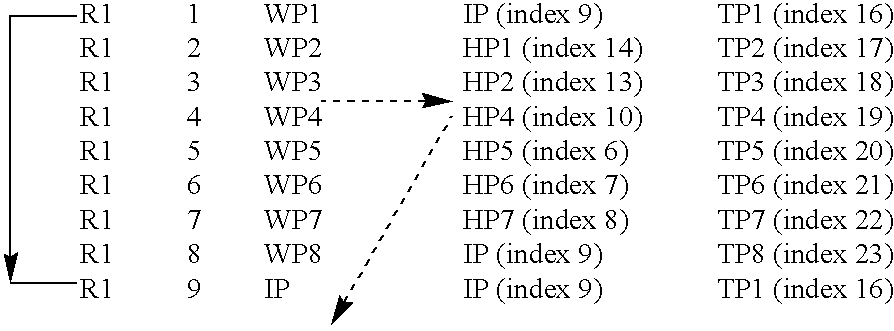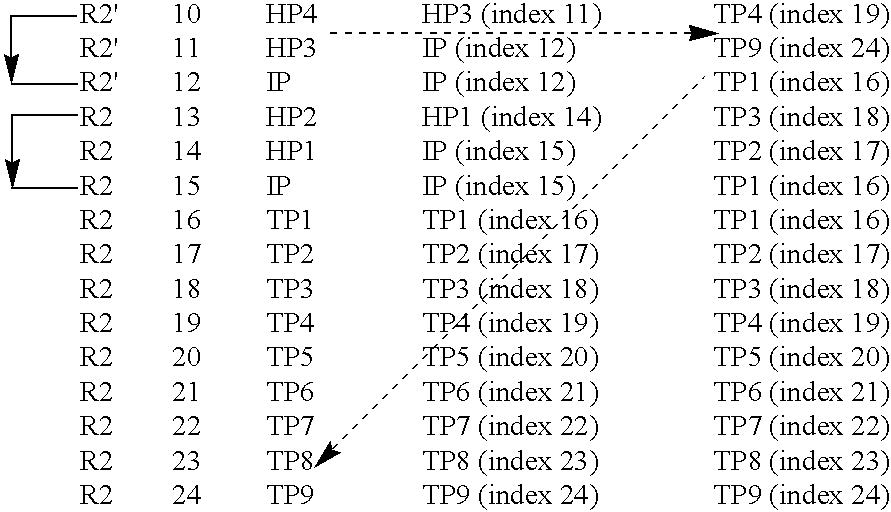Waypoint navigation
a technology for remote control and unmanned aerial vehicles, applied in the direction of process and machine control, distance measurement, instruments, etc., can solve the problems of uncontrollable crashing of unmanned aerial vehicles, remains to be solved, and cannot be returned to the present location
- Summary
- Abstract
- Description
- Claims
- Application Information
AI Technical Summary
Benefits of technology
Problems solved by technology
Method used
Image
Examples
Embodiment Construction
[0033] FIG. 1 illustrates the proposed method of controlling an unmanned aerial vehicle 100 by means of an exemplary primary route R1 / R1' and an exemplary emergency route R2'. A control station 110 controls the vehicle 100 by means of a wireless command link 115. Preferably, at least in a military application and where the control station 110 is ground based, it should be geographically separated from a base station transceiver 120, which serves the command link 115. Namely thereby, the control station's 110 position cannot be determined on basis of the traffic over the command link 115. However, if the control station 110 is mobile, for instance positioned in another aircraft, it is generally preferable to co-locate it with the base station transceiver 120 for practical reasons.
[0034] It is presumed that the vehicle 100 takes off from a runway at a base location 130, which preferably is located relatively proximate to the control station 110 (provided that this type of control stat...
PUM
 Login to View More
Login to View More Abstract
Description
Claims
Application Information
 Login to View More
Login to View More - R&D
- Intellectual Property
- Life Sciences
- Materials
- Tech Scout
- Unparalleled Data Quality
- Higher Quality Content
- 60% Fewer Hallucinations
Browse by: Latest US Patents, China's latest patents, Technical Efficacy Thesaurus, Application Domain, Technology Topic, Popular Technical Reports.
© 2025 PatSnap. All rights reserved.Legal|Privacy policy|Modern Slavery Act Transparency Statement|Sitemap|About US| Contact US: help@patsnap.com



